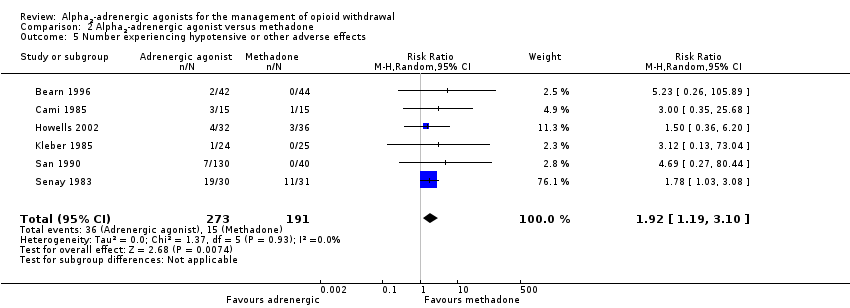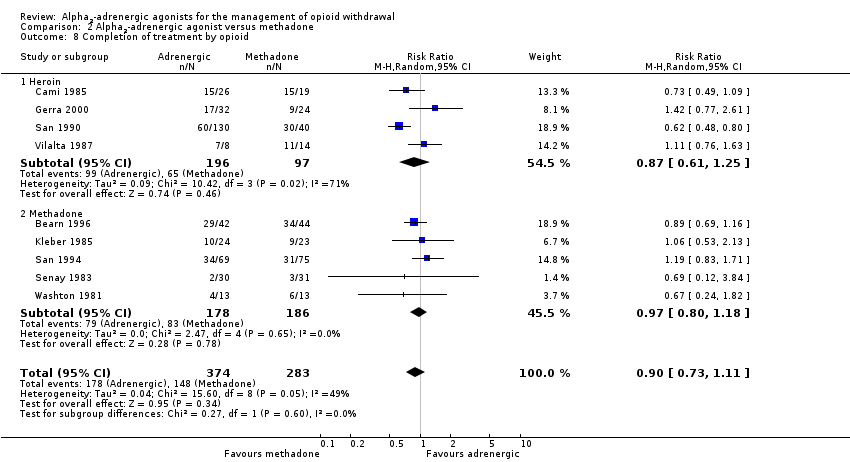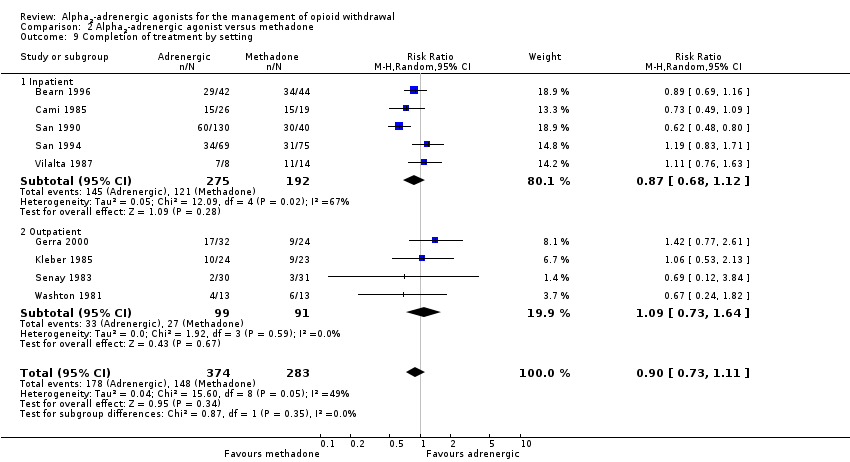Contenido relacionado
Revisiones y protocolos relacionados
Laura Amato, Marina Davoli, Silvia Minozzi, Eliana Ferroni, Robert Ali, Marica Ferri | 28 febrero 2013
Linda Gowing, Robert Ali, Jason M White | 29 mayo 2017
Linda Gowing, Robert Ali, Jason M White, Dalitso Mbewe | 21 febrero 2017
Tara Carney, Marie Claire Van Hout, Ian Norman, Siphokazi Dada, Nandi Siegfried, Charles DH Parry | 18 febrero 2020
Silvia Minozzi, Laura Amato, Shayesteh Jahanfar, Cristina Bellisario, Marica Ferri, Marina Davoli | 9 noviembre 2020
Silvia Minozzi, Laura Amato, Cristina Bellisario, Marina Davoli | 29 abril 2014
Silvia Minozzi, Laura Amato, Cristina Bellisario, Marina Davoli | 24 junio 2014
Linda Gowing, Robert Ali, Jason M White | 20 enero 2010
Afarin Rahimi‐Movaghar, Jaleh Gholami, Laura Amato, Leila Hoseinie, Reza Yousefi‐Nooraie, Masoumeh Amin‐Esmaeili | 21 junio 2018
Laura Amato, Silvia Minozzi, Marina Davoli, Simona Vecchi | 5 octubre 2011
Podcast relacionado
Respuestas clínicas Cochrane
Jane Burch, Pedro V Magalhães | 4 julio 2017
















